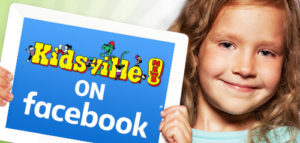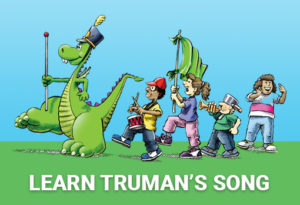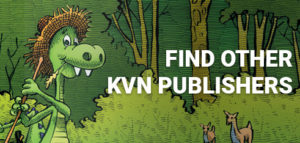CULTURAL CONNECTIONS – FEBRUARY 2020
LIGHTNING Lightning is an incredible act of nature. It can be dangerous, but it can also be beautiful. Lightning is created in the dark clouds of thunderstorms. Inside these clouds, little bits of frozen rain rub against each other, and when they crash into each other it creates electrical charges. e electrons get separated. Positive charges go to top of the cloud and negative charges go to the bottom. ese opposites attract and energy builds until it creates the huge ash that we know as lightning. is ash happens in the blink of an eye, but some artists have learned how to capture the ways that the energy discharges to create art. Todd Johnson is an artist in America who captures lightning in acrylic. The images that he captures are called Lichtenberg Figures. These gures record how electrical discharge moves and branches. They are named a er the German physicist Georg Christoph Lichtenberg. Lichtenberg Figures are also called electron trees, beam trees and lightning trees. These can also appear on the skin of people who are struck by lightning or in the grass where lightning has struck. When they happen on skin, they are called lightning flowers. When sand is struck, a Lichtenberg Figure can be created when the sand turns to glass from the extreme heat. The artist Todd Johnson captures the beauty and raw power of lightning, but in a safe way. He takes cylinders of plastic and runs 5 million volts of electricity through them. He can direct the gures a little by covering some areas in lead. is blocks the electricity. A er the electricity is shot through the acrylic, he hits it with a sharp instrument. is causes the electricity to discharge and that process is what makes the incredible lightning patterns in the plastic. For more information visit the following sites: Lightening Art Captured Lightning Weather Lightning





